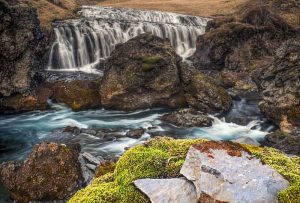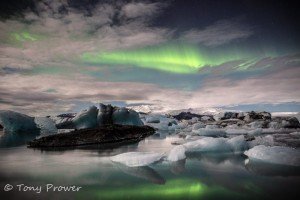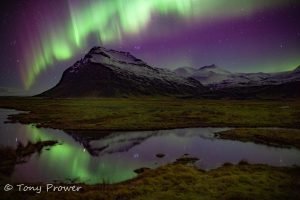Reverse Action
The reverse cloth technique is useful if the middle part of a scene is notably brighter than the top part of the scene.
This technique is to compensate for the graduated sky issue which can be an issue with images where the sky is exposed in a very short period (less than a second). Because of the short exposure time, the mechanical effect of the cloth movement can be seen where the top of the frame is darker than the rest of the sky. This can be desirable, but if you want to overcome the issue, then it is useful to practice the Reverse Cloth technique.
Private Northern Lights Tours
Longer shutter speed
The technique requires a bit of extra exposure time because the allowance of extra exposure at the top of the scene will require that the lower part of the scene will be covered for longer than a simple downward technique.
If you can get your total exposure up to 20 seconds (2 second sky exposure), then you will give yourself time to perform a reverse cloth action.
Video text:
Because the magic cloth technique
is a physical movement, it can
cause the top of your scene to be
too dark with shorter expsoures.During low light shoots, you might
have the time to practice the
reverse cloth technique.A beautiful evening at Jökulsarlon
My settings: iso 100
f/11 and a 6 stop ND filter
I am compensating 2 stops overThis gives me 15 seconds,
but will give me 20 seconds
for the final exposureNext, I use the live view to
find the horizon line on the lens
here I demonstrate a ‘Reverse cloth’Now for the shot
I leave the sky for 1 second
Then I work those dark areas
at the bottom of the frame
while I compose myself for the reversal
a half second reverse cloth
just to even out the exposure over the sky



















